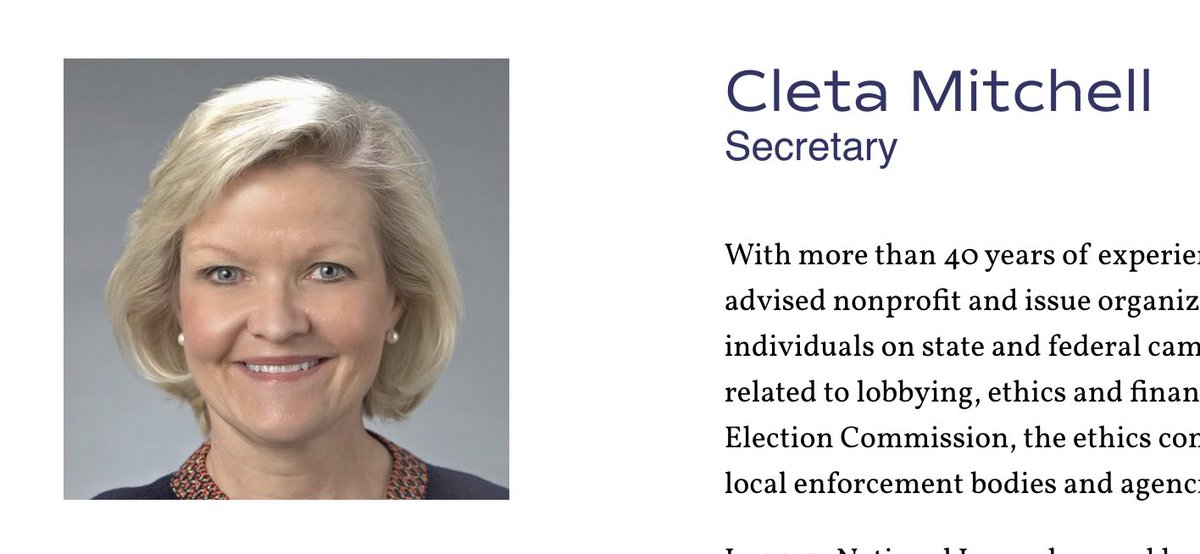
🧵
So many different Right-$ groups inflating evidence for #schoolvouchers it’s impossible to ✋🛑 all of them. #txlege #gapol #neleg #INed #ksleg
But here’s the general pattern, using this EdChoice table as an example (there are many more):
1/ 🧵
So many different Right-$ groups inflating evidence for #schoolvouchers it’s impossible to ✋🛑 all of them. #txlege #gapol #neleg #INed #ksleg
But here’s the general pattern, using this EdChoice table as an example (there are many more):
1/ 🧵

First is the absence of abysmal negative OH, and IN results by teams led by Figlio and Berends, respectively.
Those studies use panel data and methods and find terrible statewide at-scale voucher effects—hugely relevant to legislation today.
2/
chalkbeat.org/2018/8/9/21107…
Those studies use panel data and methods and find terrible statewide at-scale voucher effects—hugely relevant to legislation today.
2/
chalkbeat.org/2018/8/9/21107…
But #schoolvouchers advocates drop them from tables like the 👆 because they’re not lottery-based studies. It’s true that lotteries are gold standard evaluation tool—but have well-known limitations re: scale and generalizability—key issues today.
Any case, you don’t drop them
3/
Any case, you don’t drop them
3/
What’s more, both Berends and Figlio are National Academy members with vast research track records in other areas too.
Their research on #education policy across the board is taken far more seriously than the #schoolvouchers churn-out factories at…other places.
4/
Their research on #education policy across the board is taken far more seriously than the #schoolvouchers churn-out factories at…other places.
4/
But let’s just take the table 👆as is…several other problems.
First note the P vs V: the first are privately funded demonstration trials. The V are studies of actual voucher programs.
Both should be included, but V is more relevant to current legislation.
5/
First note the P vs V: the first are privately funded demonstration trials. The V are studies of actual voucher programs.
Both should be included, but V is more relevant to current legislation.
5/
But let’s take those tiny “P” studies in the table above 👆 shall we? Well.
First, Howell et al (2002) are not separate studies. They are three tiny pilot data collections in the *same study.*
Presenting them this way has the intentional effect of overstating each alone.
6/
First, Howell et al (2002) are not separate studies. They are three tiny pilot data collections in the *same study.*
Presenting them this way has the intentional effect of overstating each alone.
6/
But for the sake of argument let’s separate them as EdChoice does here.
Again, well. Let’s look at those NYC studies 🤔
Krueger and Zhu isn’t just a separate null NYC study offset by other positive studies, they showed the + results went away with simple robustness checks!
7/
Again, well. Let’s look at those NYC studies 🤔
Krueger and Zhu isn’t just a separate null NYC study offset by other positive studies, they showed the + results went away with simple robustness checks!
7/

That’s…a problem for the NYC data. The phrase today is “broken experiment,” coined by the Jin et al authors also cited by the table 👆, and who also find NYC results to be highly dependent on researcher choices.
Again, a problem.
8/
Again, a problem.
8/
Oh and just for good measure, note that problems with the NYC #schoolvouchers data on which the table 👆so heavily leans have been present *from the beginning*, more than 20 years ago.
9/
nytimes.com/2000/09/15/us/…
9/
nytimes.com/2000/09/15/us/…
I could go on. But I don’t have a staff, or a budget, and can’t take on every table like this.
What I do have is almost two decades of experience gathering, evaluating, editing, and writing in this field.
Not all #schoolvouchers studies are equal
10/
What I do have is almost two decades of experience gathering, evaluating, editing, and writing in this field.
Not all #schoolvouchers studies are equal
10/
And #schoolvouchers summary tables like this miss the *vast* amount of research on programs that no Right-$ shop I’ve seen wants to cite.
Studies on voucher use, exits, school closures, oversight, and more. Like these listed here 👇
11/
dropbox.com/s/mraoem01grf7…
Studies on voucher use, exits, school closures, oversight, and more. Like these listed here 👇
11/
dropbox.com/s/mraoem01grf7…
In my view—and it’s just my view, but I’ve been doing this a long time, and work across multiple #education research fields—is the best current summary of #SchoolVouchers evidence comes from @CLub_edu et al @soeceep
#txlege #INed #gapol #neleg #ksleg
12/12
ceep.indiana.edu/education-poli…
#txlege #INed #gapol #neleg #ksleg
12/12
ceep.indiana.edu/education-poli…

@threadreaderapp please unroll
• • •
Missing some Tweet in this thread? You can try to
force a refresh








